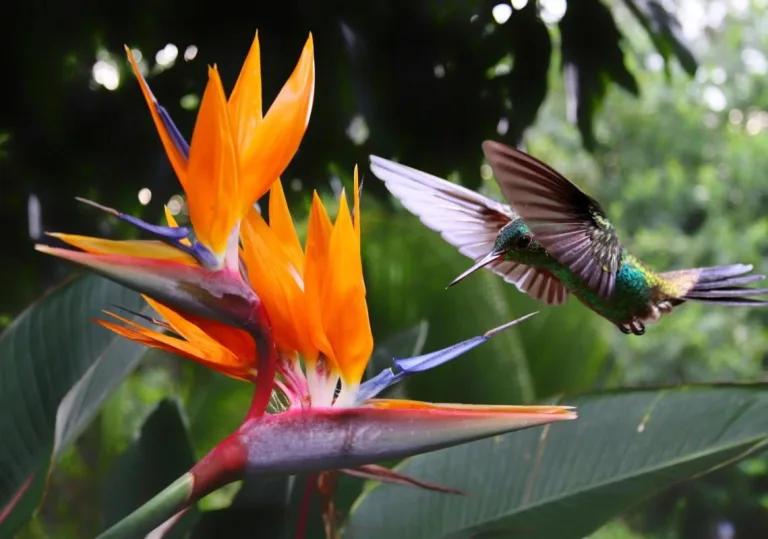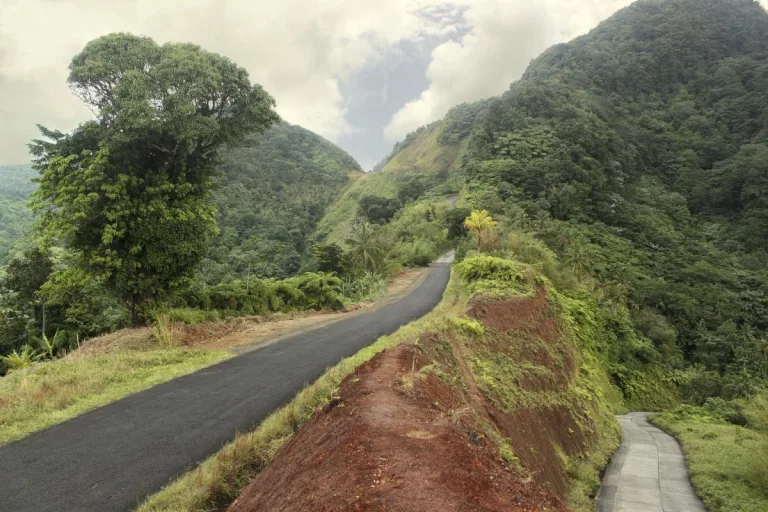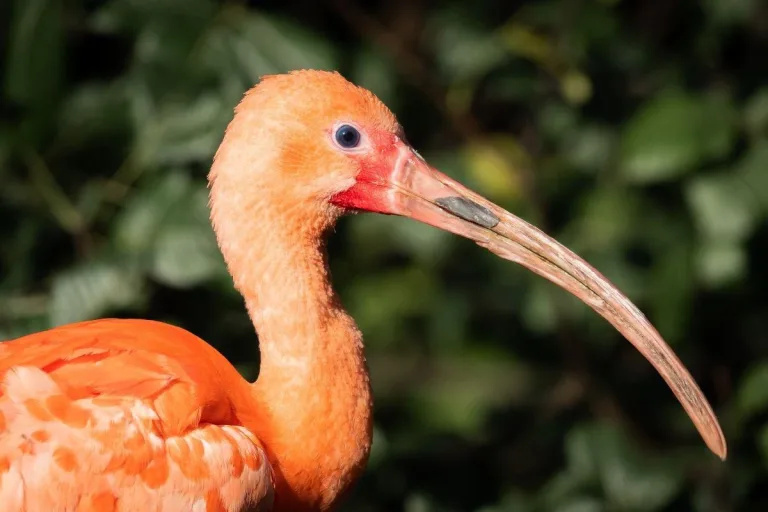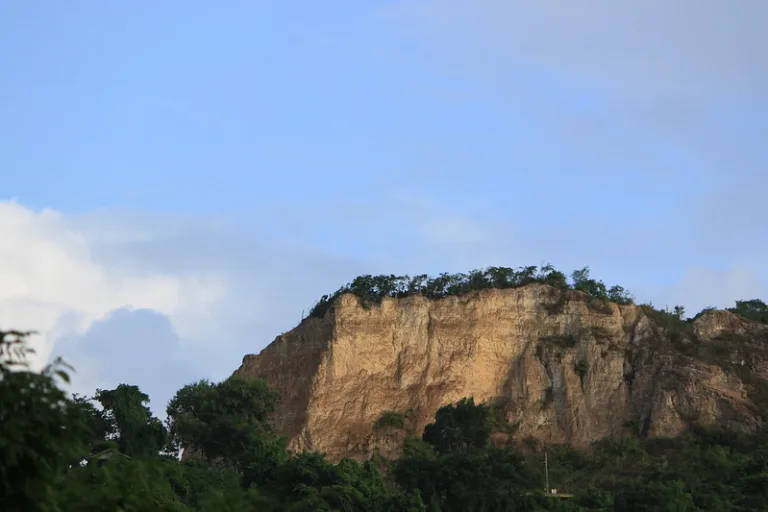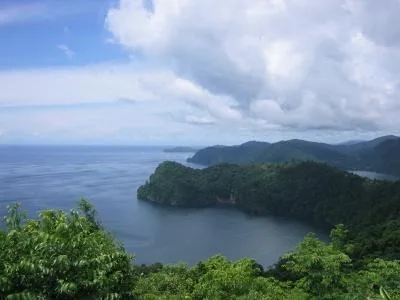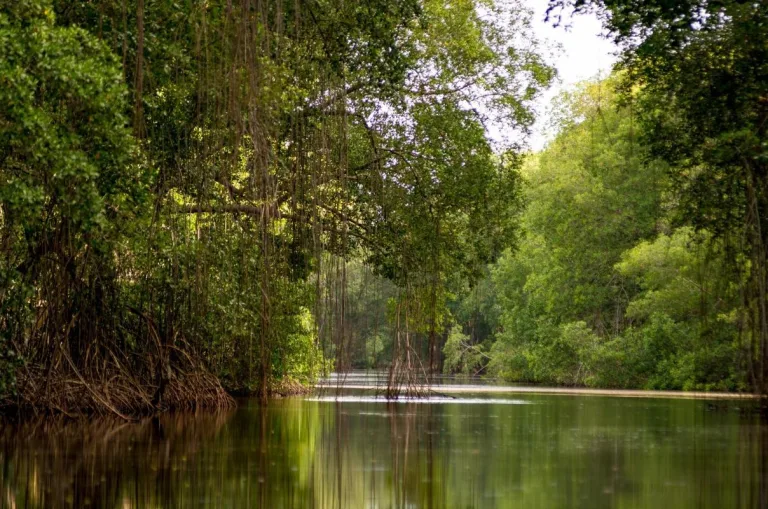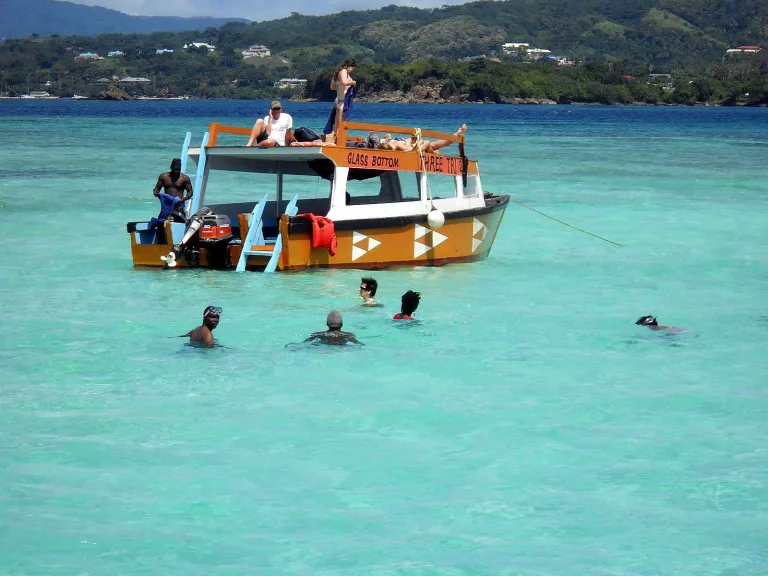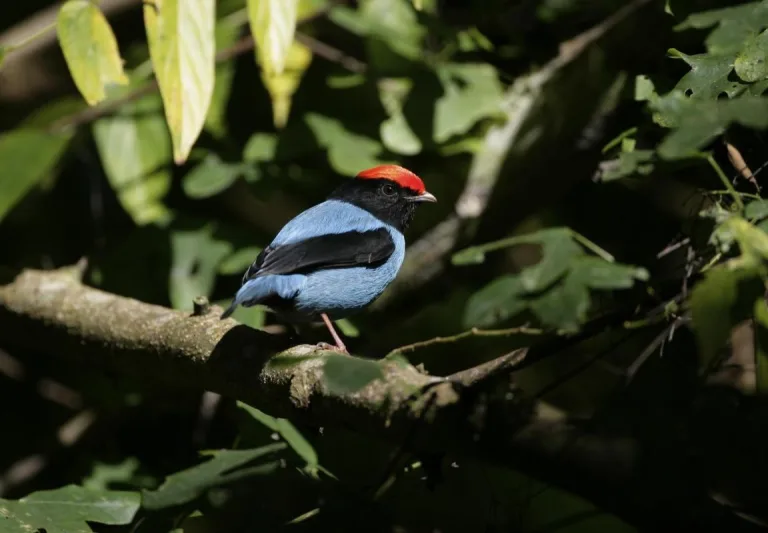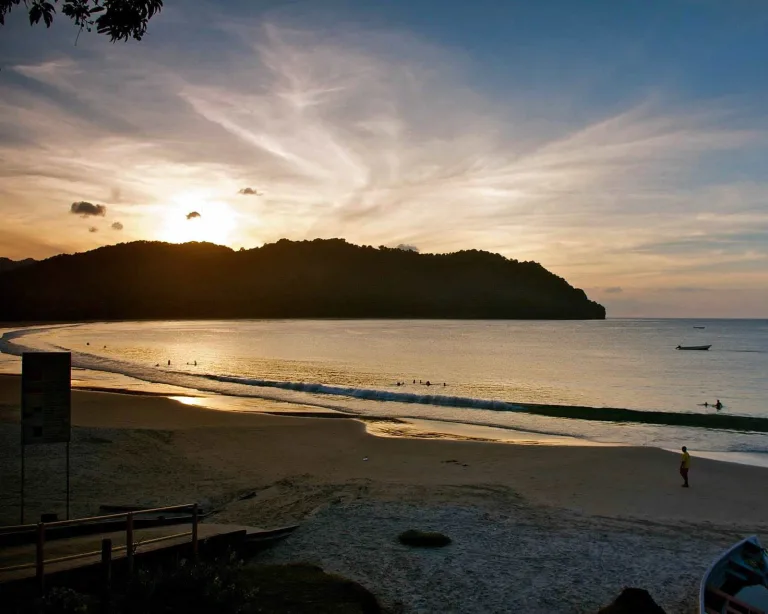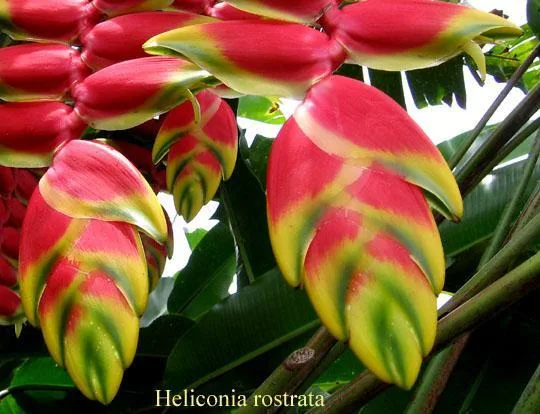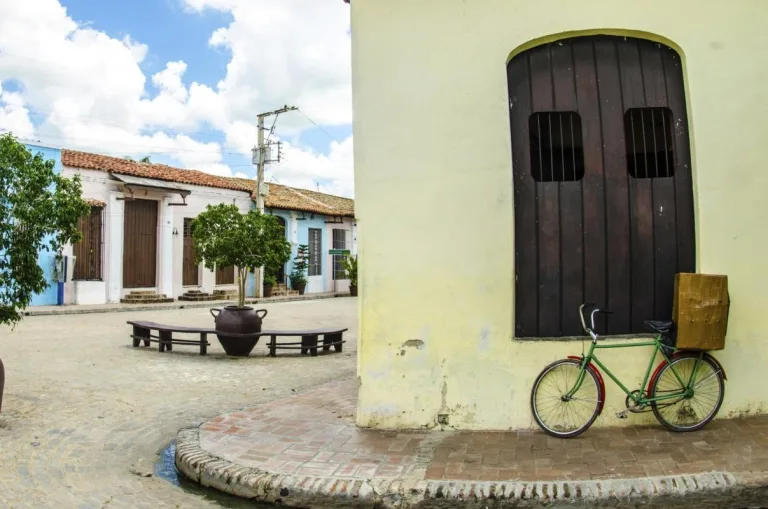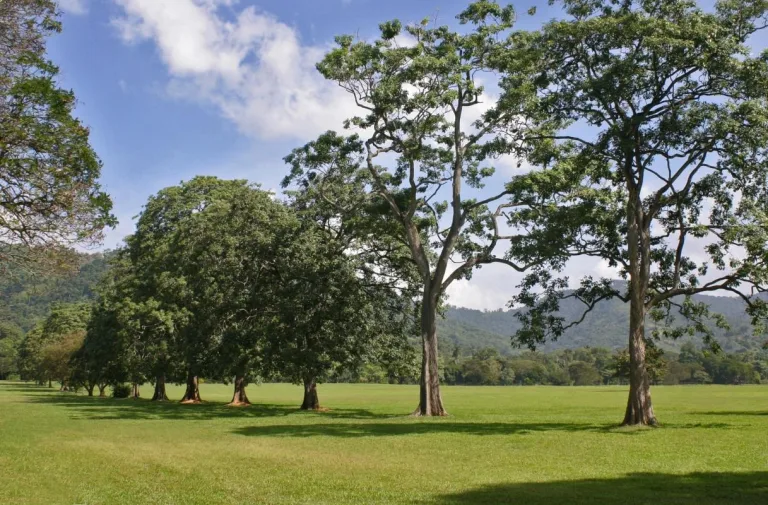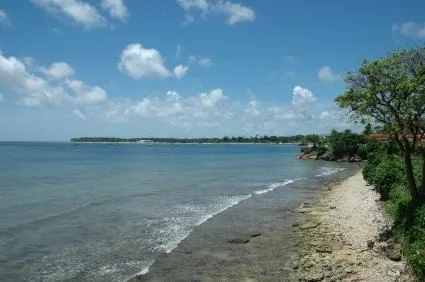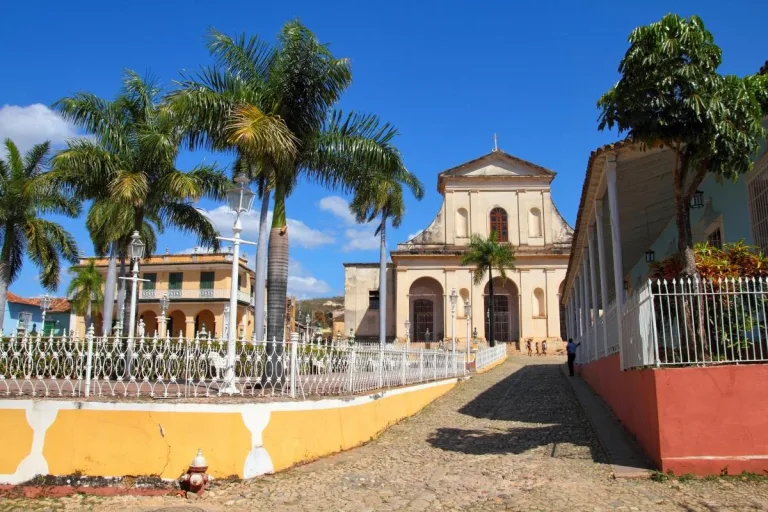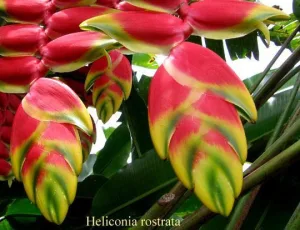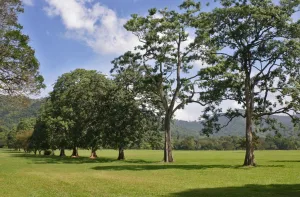In the center of northern Trinidad is the town of Arima, less than an hour’s drive or bus ride from Port of Spain. Nestled in the foothills of the island’s Northern Range, Arima is a good jumping-off point for visiting natural areas in the northeastern part of the island. While you’re in town, visit such destinations as the Asa Wright Nature Centre and the nearby Brasso Seco Community Centre, a popular base for waterfall hikes and birdwatching trips.
While many people pass through Arima on their way to hiking areas, the town is a great place to linger if you want to learn about Trinidad’s Amerindian community. Arima is home to the Santa Rosa First Peoples Community Centre, where you can learn about the island’s Indigenous community and buy locally made crafts. The 32-acre Cleaver Woods Park is another spot worth visiting, with well-maintained walking trails as well as a museum showcasing Amerindian artifacts and a replica thatched hut.
-
Arima is a must-visit for travelers interested in learning about Trinidad’s Amerindian community.
-
If you’re spending any time in the jungle, make sure to wear plenty of bug spray, even during the drier months.
-
Most of the eco-adventures in Arima and the surrounding area are not suitable for wheelchair users.
Arima is about a 30- to 40-minute drive or taxi ride from Port of Spain along the Churchill–Roosevelt Highway. Buses and maxi taxis between the two destinations run throughout the day, departing every 30 minutes to an hour, but both modes often make plenty of stops along the way.
If you plan to do a lot of outdoor activities while in the Arima area, you’re best off coming during the dry season, which runs from January through the end of May. Carnival is a particularly fun time of year to visit Trinidad and takes place on the Monday and Tuesday before the start of Lent on Ash Wednesday.
Established in 1967 to protect and preserve part of the Arima Valley, the Asa Wright Nature Centre is a fantastic spot for anyone who wants to see Trinidad’s natural beauty. Spread out over 1,223 acres (495 hectares), this wildlife preserve is a great place for birdwatching, as it provides refuge to a variety of species, including colorful hummingbirds, cuckoos, and tufted coquettes.




